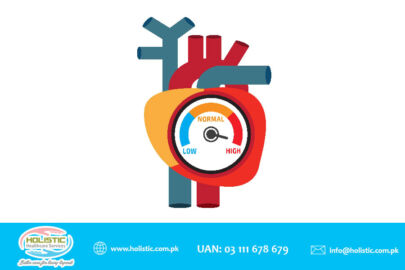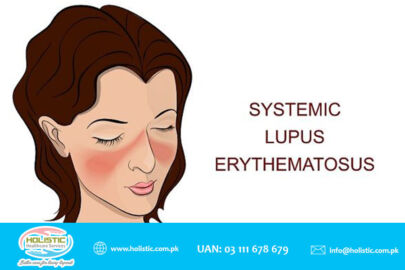If we take a look back the world has witnessed lots of pandemics. These pandemics includes Swine Flu, Ebolavirus, Bubonic plague and many other pandemics like these. These are the pandemics that have caused a huge damage to the world and its population. Just like the mentioned pandemics there is a new pandemic in the town named as corona virus. This is the pandemic which is causing the huge impact on world and world’s population.
COVID-19 (Corona Virus)
COVID-19,short for “corona virus disease 2019,” is an infectious disease caused by a new virus. The disease causes respiratory illness (like the flu) with symptoms such as a cough, fever and in more severe cases, difficulty breathing.
People may be sick with the virus for 1 to 14 days before developing symptoms. The most common symptoms of corona virus disease (COVID-19) are fever, tiredness and dry cough. Most people (about 80%) recover from the disease without needing special treatment.
More rarely, the disease can be serious and even fatal. Older people, and people with other medical conditions (such as asthma, diabetes or heart disease), may be more vulnerable to becoming severely ill. COVID-19 has acquired the status of a Pandemic in the entire world.
Symptoms of COVID-19
People suffering from corona virus disease may experience:
- Cough
- Fever
- Tiredness
- Difficulty in breathing (severe cases)
Causes
COVID-19 first emerged in late 2019, when a mysterious illness was reported in Wuhan, China. The cause of the disease was soon confirmed as a new kind of corona virus, and the infection has since spread to many countries around the world and become a pandemic.
On 11 February, the World Health Organization announced that the official name would be COVID-19, a shortened version of corona virus disease 2019. The WHO refers to the specific virus that causes this disease as the COVID-19 virus.
This is not the formal name for the virus. The International Committee on Taxonomy of Viruses calls it the “severe acute respiratory syndrome corona virus 2”, or SARS-CoV-2, because it is related to the virus that caused the SARS outbreak in 2003. However, to avoid confusion with SARS the WHO calls it the COVID-19 virus when communicating with the public.
Early in the outbreak, the virus was called 2019-nCoV by the WHO. The virus is also often referred to as the novel corona virus, 2019 corona virus or just the corona virus.
Types
The more aggressive type of virus was found to be prevalent in the early stages of the outbreak in Wuhan, the Chinese city where COVID-19 was first detected late last year. However, the frequency of this type of virus has since decreased from early January according to scientists. Researchers cautioned that data examined in the study was still “very limited.”
Diagnosis of Corona Virus
As the world is struggling to contain the novel corona virus outbreak, healthcare infrastructure and testing capacity have emerged as major issues.
On 11–12 February 2020, WHO organized a Forum to identify research gaps and priorities for COVID-19 in collaboration with the GloPID-R. One of the eight immediate research needs agreed upon as part of the Forum was to “mobilize research on rapid point of care diagnostics for use at the community level.” This was early recognition of the urgent need for access to accurate and standardized diagnostics for SARS-CoV-2 (the causative agent of COVID-19), which can be deployed in decentralized settings. An R&D Roadmap for COVID-19 was published in March 2020.
Treatment and Precautions
If you have mild symptoms, stay at home until you’ve recovered. You can relieve your symptoms if you:
- Rest and sleep
- Keep warm
- Drink plenty of liquids
- Use a room humidifier or take a hot shower to help ease a sore throat and cough
- Stay safe and stay indoors because your health is most important.
If any patient has developed severe symptoms such as difficulty breathing, you will need to use medical equipment such as an oxygen cylinder, ventilator, as well as an oximeter. Check the Medical Equipment section of our website to order any of this equipment for your loved one or call Holistic Healthcare Services at UAN: 03 111 678 679 to talk to our healthcare providers.





 Reach us on WhatsApp
Reach us on WhatsApp